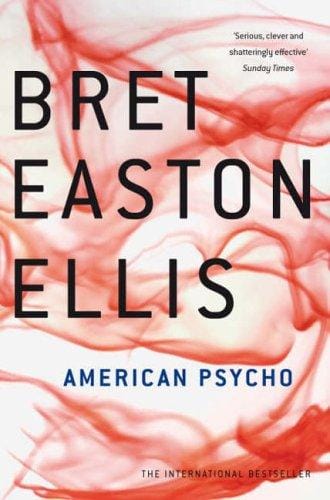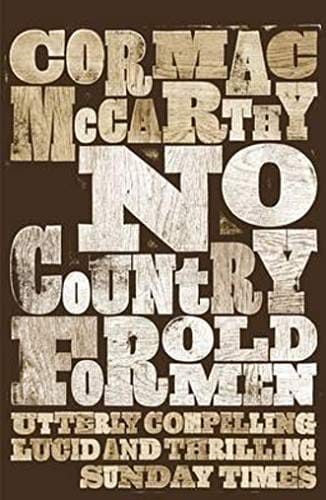American Psycho: From Satirical Novel to Cult Film Phenomenon
Explore the novel and film adaptation of American Psycho, its consumerist satire, graphic violence, controversy, and why Patrick Bateman still fascinates audiences.

Introduction to American Psycho
Few modern works provoke such simultaneous fascination and revulsion as American Psycho. Bret Easton Ellis’s 1991 novel and Mary Harron’s 2000 film chronicle Wall Street investment banker Patrick Bateman, a man whose flawless veneer hides homicidal impulses. Mixing corporate satire, pitch-black humor, and splatter horror, the story slices into the excesses of 1980s Manhattan. Thirty-plus years later the property is still quoted, memed, and debated in classrooms, proving its critique of consumer obsession and toxic perfectionism remains painfully relevant.
The Origin: Bret Easton Ellis's Novel
Released by Vintage after Simon & Schuster dropped it over content concerns, the novel met instant backlash for its graphic misogyny and gore. Ellis stuffs every page with brand names, menu descriptions, and grooming minutiae, mirroring the Reagan-era belief that identity can be purchased. Bateman’s detached first-person voice catalogs clothing labels and murder with the same deadpan precision, forcing readers to wonder whether the violence is literal or the deranged fantasy of a hollow status addict.
From Page to Screen: The 2000 Film
Harron and co-writer Guinevere Turner streamlined Ellis’s rambling narrative into a sleek dark comedy. On a US$7 million budget they cast the then-unknown Christian Bale, rejecting studio demands for a marquee star. Bale trained obsessively, sculpted his physique, and studied Tom Cruise’s unnerving charm to craft Bateman’s gleaming shell. Pop hits by Huey Lewis, Whitney Houston, and Phil Collins accompany bloodshed, underscoring the absurd link between consumer pleasure and brutality. The movie became a cult sensation and grossed five times its budget.
Dissecting the Core Themes
At its core American Psycho is a satire of neoliberal capitalism. Ellis once called Bateman “a yuppie Frankenstein,” assembled from the decade’s worst impulses. Both book and film show that a culture worshiping appearance, profit, and competition inevitably breeds monsters. The narrative’s cold enumeration of suits, stereos, and skin creams illustrates how consumer choices replace moral ones, reducing human worth to a checklist of coveted objects and flawless bodies.
Consumerism in a Business Card
The infamous business-card scene visualizes that critique in under two minutes. A boardroom of executives silently compare cardstock weights and font kerning as if negotiating world peace. Bateman’s trembling envy over an off-white watermark reveals how fragile identity becomes when built on possessions. Decades later, the sequence is a viral meme because its spirit survives on Instagram, where people still chase micro-upgrades—whether a limited sneaker drop or the latest iPhone color—in pursuit of social validation.
Violence as a Pop Spectacle
Violence functions less as horror than as indictment. Harron shoots murder set pieces with bright lighting and upbeat music, turning brutality into a parody of MTV aesthetics. Ellis’s prose is more graphic, eliciting nausea rather than adrenaline. Critics argue the depiction crosses into misogyny, yet supporters counter that the extreme gore forces audiences to confront their own appetite for spectacle. The tension between condemnation and complicity remains academically fertile ground for gender, media, and ethics studies.
Cultural Impact and Memetic Legacy
Beyond bookstores and theaters, American Psycho infiltrates fashion, music, and meme culture. Designers recreate Bateman’s minimalist suits; rappers sample his dialogue; TikTok users mimic his skincare routine. “Patrick Bateman energy” now labels hyper-groomed men with icy confidence. Universities assign the text in courses on postmodernism, while memes lampoon hustle culture. Each revival introduces the satire to audiences drowning in even glossier consumer technology.
Controversy and Censorship Battles
The property’s notoriety owes much to censorship battles. Australian states restricted novel sales to shrink-wrapped copies for adults; German authorities briefly banned it; American advocacy groups staged protests. The film narrowly dodged an NC-17 rating by trimming a three-way sex scene. Feminist scholars critique its graphic misogyny, whereas others consider the horror a mirror reflecting society’s own violence. Paradoxically, every attempt to suppress American Psycho has amplified its message about the voyeuristic allure of forbidden images.
Conclusion: A Mirror Still Shining
American Psycho endures because the gap between its absurd excess and reality keeps shrinking. Bateman’s color-coded playlists anticipate algorithmic mood mixes, and his skin-care sermons echo influencer videos. When audiences laugh or recoil, they glimpse their own reflection in his mirrored apartment. The story offers no tidy answers, leaving us to decide whether Bateman is a literal killer or a hallucination of capitalist anxiety—and that lingering ambiguity keeps the conversation alive.



